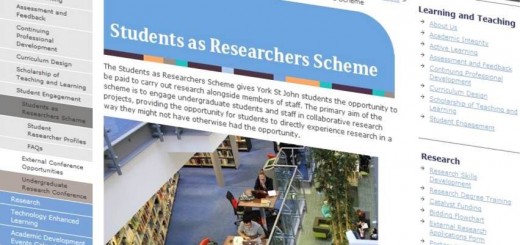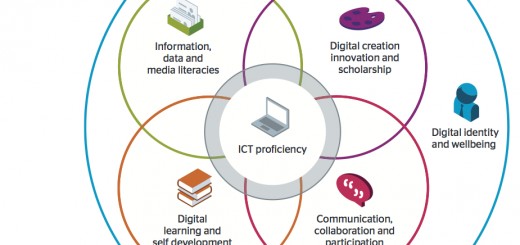Stimulating Participation in Lectures
Mandy (@MandyAsghar) and I recently delivered a workshop to colleagues in the Faculty of Arts to stimulate thinking and consider effective strategies including (but not limited to) the use of technology to promote engagement in large groups.
What does the research say?
 Evidence suggests that students are mentally active for only a short time during a lecture – well, about the subject anyway! So we need to make sure we make space for activity. Students capture between 20% and 40% of the lecture and only remember 10% after a few weeks (Bligh 2000). There is a period of about 15 mins at the beginning of a typical lecture, and a blip at the end when students are actually paying attention!
Evidence suggests that students are mentally active for only a short time during a lecture – well, about the subject anyway! So we need to make sure we make space for activity. Students capture between 20% and 40% of the lecture and only remember 10% after a few weeks (Bligh 2000). There is a period of about 15 mins at the beginning of a typical lecture, and a blip at the end when students are actually paying attention!
Stimulating Participation in Lectures Using Mobile Devices
I first came across this particular approach when working at SHU, I attended a lunchtime workshop on ‘Mobile Innovation: Stimulating participation in lectures via mobile devices‘, and read the subsequent case study (below).
Using Google Forms to create short online surveys, the tutor posed questions which the students could respond to using their mobile devices. The majority of the questions posed were multiple choice and integrated in to the lecture presentation. Students worked in groups to respond to questions to provide inclusivity for those without appropriate mobile devices. Access to the questions was provided via a web address and QR codes. The group answers were then collated to generate class responses and the results were used as a discussionn point during the lecture. (eLearning at Sheffield Hallam, 2013)
[gview file=”http://blog.yorksj.ac.uk/moodle/files/2014/02/SHU4053-Case-Study-Ben-Abell-RP-v2.pdf”]
This approach incorporates active learning and engagement to enhance the effectiveness of the lecture, using questioning strategies to manage transitions – all technologically enhanced of course!
Other Approaches
During the session we also talked about using TextWall, Twitter, NearPod, and even doing away with the traditional lecture all together in favour of a Flipped Classroom approach!
What do you do to stimulate participation in lectures? How do you promote active learning and engagement? Do you know what students have learnt about the subject or about learning during or following your lecture?
Phil



